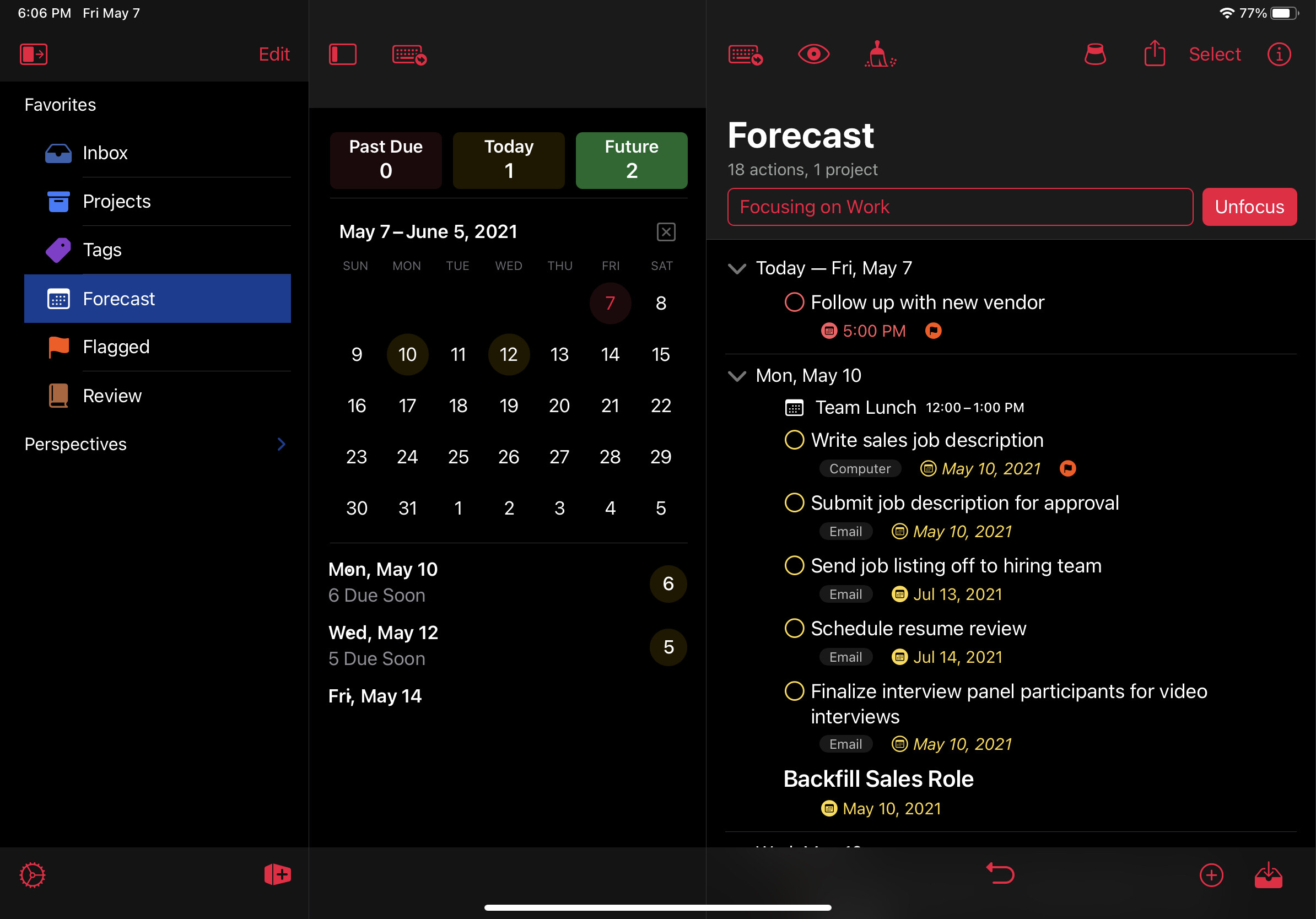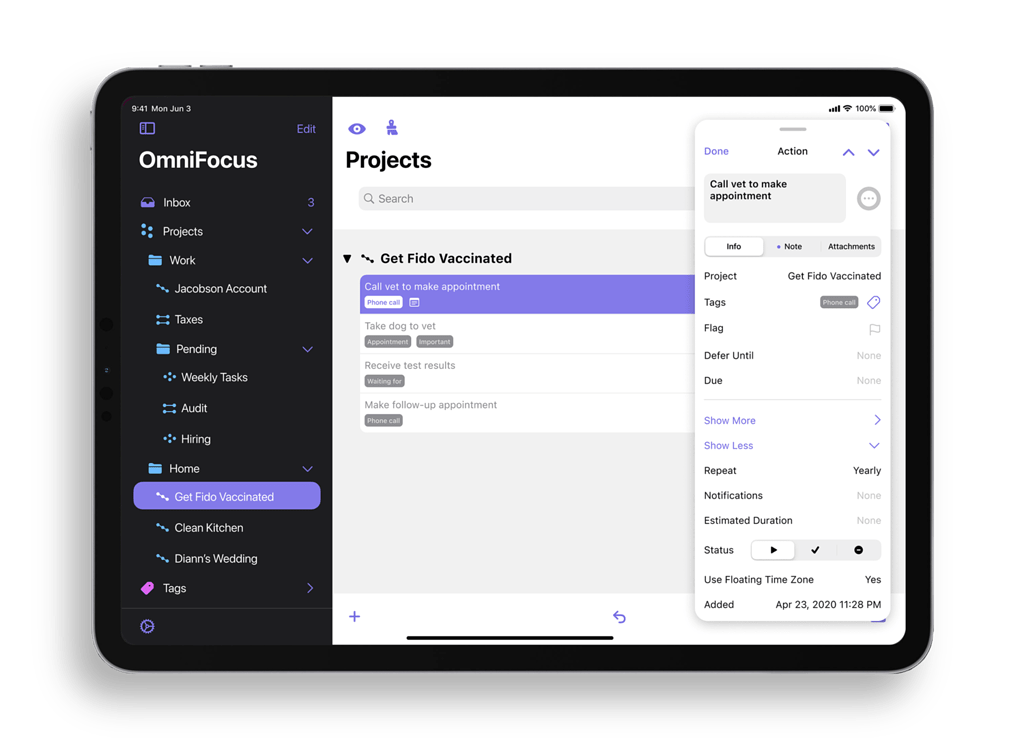
I would say it is refreshingly basic, when compared to Omnifocus. You can add due dates, assignees, and lists, which is kind of it. I know they often aren’t the best apps, but they are usually the most well supported and easiest to upgrade.įor this reason, Apple’s Reminders app seemed worth checking out. I use default browsers and rarely look for third-party solutions for things. I use the default Mail app on my phone and computer. Luckily, there is a principle I try and use in my tech life, running stock. I wanted something with fewer features than Omnifocus, but that doesn’t narrow things down given how great Omnifocus is for productivity nerds.

Okay, so I should move away from Omnifocus, but what to? The productivity app space is enormous, with plenty of well-supported applications. When the things I was obsessing over weren’t serving me, and the tool enabled over-the-top productivity behaviour, it was time for a change. These aren’t things I’m excited by anymore! I was an excellent employee (by which I mean I made someone else lots of money), and I was good at fulfilling what other people asked of me. Most of the stuff I was being productive for wasn’t serving me. I’ve learned over time that productivity for the sake of productivity is incredibly counter to pretty much the entire point of “being productive”.

Old Toby wants the most leisurely life possible. However, the Toby of 10 years ago is not the Toby of now he has different priorities and different ways he likes to think about things. Getting Things Done is an excellent book, and the practices it suggests undoubtedly help you get on top of and, importantly, stay on top of open external and internal obligations.
#Omnifocus priorities how to
I bought books and courses all about OmniFocus I learned how to use the tool in some fairly impressive ways.
#Omnifocus priorities series
I felt like I could map my entire life into a series of projects with OmniFocus, I had a project for everything, and I mean everything.

You could get a list of things you could do whilst in town when it was a weekend, and the same app would seamlessly show you tasks you could do only when you are sitting in front of a specific person within a particular context.

OmniFocus was and still is a fantastic tool for tracking tasks across a range of projects and splitting them by contexts as fine-grained as you would like.
#Omnifocus priorities mac
Thank goodness there was a tool that accurately mapped the methods espoused by Getting Things Done and worked on the Mac - enter OmniFocus. Everything the book talked about clicked with me (except for the references around early 90’s corporate America!). Shortly around this time, and I’m sure because of someone else at the same company, I started getting into the book Getting Things Done by David Allen. Unless you want to keep separate pages or books for different parts of your life, you end up with some items stored there, some somewhere else. I quickly saw the limitation of a paper-based system there is too much work transferring old items into new pages. I couldn’t get enough of that method of tracking tasks something was compelling in the simplicity of pen and paper and, even though simple, kept me miles ahead of plenty of folks when it came to staying on top of things. He used boxes and symbols to represent tasks in their various states. It all started when I saw a notebook used by someone at the first company I worked for out of university. I’m now keeping minimal to-do items in Apple’s Reminders app, here is why.īefore I get into the detail, here is some history! I love to-do lists. I was a massive OmniFocus user and advocate for the better part of a decade.


 0 kommentar(er)
0 kommentar(er)
